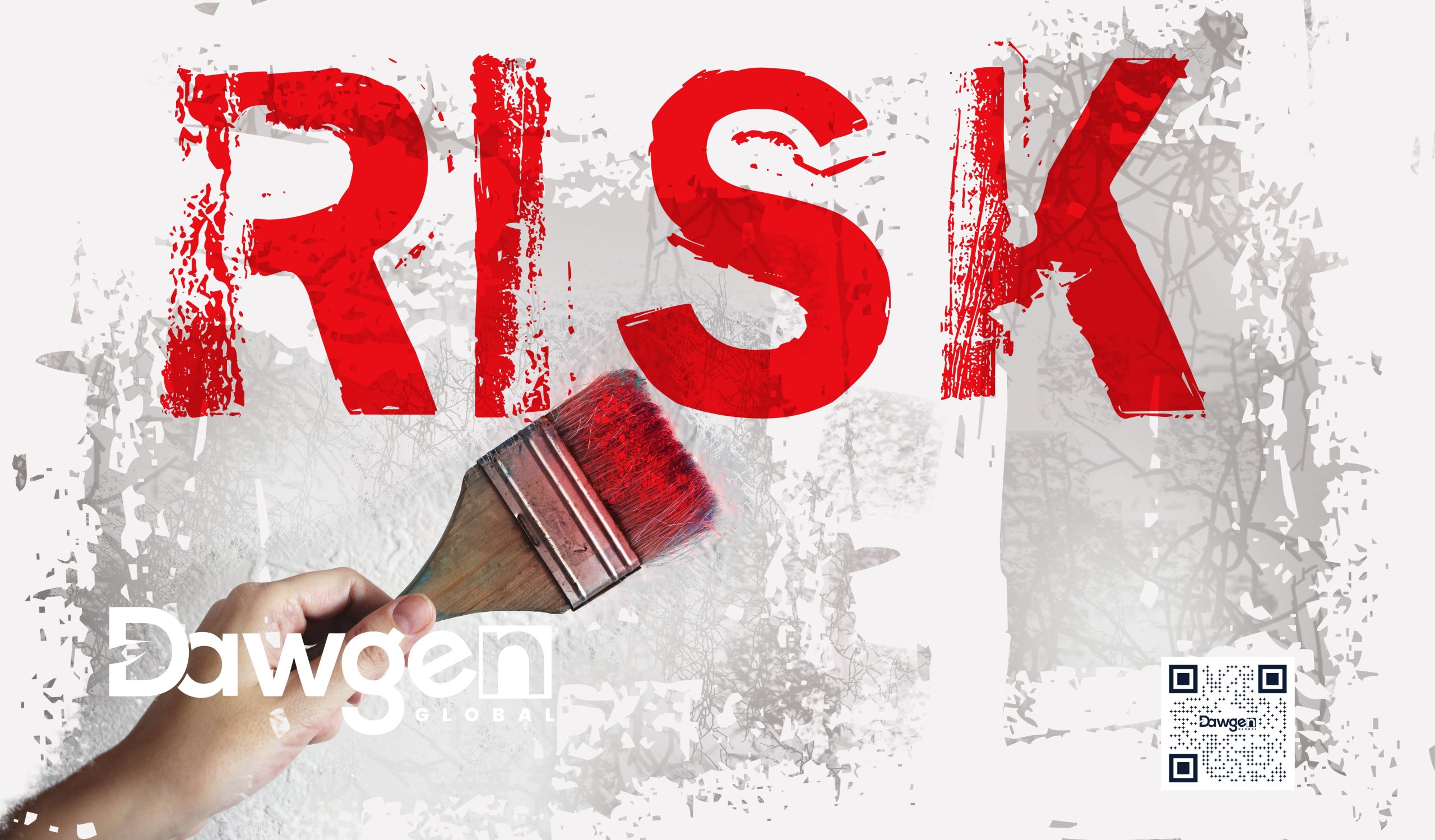
In today’s rapidly evolving financial landscape, banks face increasing pressures to innovate while maintaining robust risk management frameworks. New product development (NPD) is a critical avenue for growth in the banking sector, enabling institutions to respond to shifting customer demands, technological advancements, and competitive pressures. However, this process comes with inherent risks that, if not managed strategically, can have significant financial and reputational repercussions. This article explores strategic risk management in NPD for the banking sector, focusing on comprehensive risk assessment, financial and non-financial dimensions, and the integration of sustainability considerations into risk management frameworks.
Comprehensive Risk Assessment: Financial and Non-Financial Dimensions
Effective risk management in banking NPD begins with a thorough and holistic risk assessment that encompasses both financial and non-financial dimensions.
Financial Dimensions
Financial risks in NPD often revolve around credit, market, and liquidity risks. Banks must conduct rigorous analyses to estimate the financial feasibility and profitability of new products. Key considerations include:
- Market Viability: Assessing the target market’s size, demand, and competitive landscape.
- Revenue Forecasting: Using advanced predictive models to estimate potential revenue streams.
- Cost Analysis: Evaluating development, implementation, and operational costs to ensure profitability.
- Regulatory Compliance: Ensuring the product meets all applicable financial regulations to avoid penalties and fines.
Non-Financial Dimensions
Non-financial risks are equally critical in NPD, as they can affect a bank’s reputation, operational efficiency, and strategic goals. These include:
- Operational Risks: Potential disruptions in existing processes due to the introduction of new products.
- Technological Risks: Challenges in integrating new technologies or ensuring cybersecurity.
- Reputational Risks: Risks stemming from customer dissatisfaction or negative public perception.
- Human Capital Risks: Ensuring the workforce has the skills and knowledge necessary to support the new product.
Integrating Sustainability Considerations into Risk Management
Sustainability has emerged as a key driver of innovation and risk management in the banking sector. Incorporating Environmental, Social, and Governance (ESG) factors into NPD is no longer optional but a strategic imperative. Banks that proactively address sustainability considerations can enhance their reputation, meet regulatory demands, and capture emerging market opportunities.
Environmental Factors
Banks must consider the environmental impact of new products, particularly those related to financing and investment. For instance:
- Green Financing: Developing products that support renewable energy projects or other sustainable initiatives.
- Carbon Footprint: Reducing the environmental impact of digital banking solutions.
Social Factors
Social risks and opportunities include the potential impact of new products on customer equity and inclusion. For example:
- Financial Inclusion: Creating products tailored to underserved populations.
- Customer Trust: Ensuring transparency and ethical practices in product offerings.
Governance Factors
Governance risks involve the ethical and regulatory oversight of new products. Strong governance frameworks can mitigate risks by ensuring accountability and compliance.
Strategic Framework for Risk Management in NPD
To successfully manage risks in new product development, banks must adopt a strategic framework that integrates the following components:
- Risk Identification: Use advanced analytics and scenario planning to identify potential risks early in the development process.
- Risk Assessment and Prioritization: Employ quantitative and qualitative methods to evaluate the likelihood and impact of identified risks.
- Mitigation Strategies: Develop actionable plans to mitigate risks, including contingency plans and crisis management protocols.
- Monitoring and Reporting: Establish systems for ongoing risk monitoring and transparent reporting to stakeholders.
- Stakeholder Engagement: Involve internal and external stakeholders to gain diverse perspectives and foster collaboration.
Strategic risk management in new product development is a critical enabler of sustainable growth for the banking sector. By adopting a comprehensive approach that addresses both financial and non-financial dimensions and integrates sustainability considerations, banks can navigate the complexities of innovation with confidence. This proactive approach not only minimizes risks but also positions institutions as leaders in a competitive and socially conscious marketplace.
Next Step!
“Embrace BIG FIRM capabilities without the big firm price at Dawgen Global, your committed partner in carving a pathway to continual progress in the vibrant Caribbean region. Our integrated, multidisciplinary approach is finely tuned to address the unique intricacies and lucrative prospects that the region has to offer. Offering a rich array of services, including audit, accounting, tax, IT, HR, risk management, and more, we facilitate smarter and more effective decisions that set the stage for unprecedented triumphs. Let’s collaborate and craft a future where every decision is a steppingstone to greater success. Reach out to explore a partnership that promises not just growth but a future beaming with opportunities and achievements.
✉️ Email: [email protected] 🌐 Visit: Dawgen Global Website
📞 Caribbean Office: +1876-6655926 / 876-9293670/876-9265210 📲 WhatsApp Global: +1 876 5544445
📞 USA Office: 855-354-2447
Join hands with Dawgen Global. Together, let’s venture into a future brimming with opportunities and achievements

